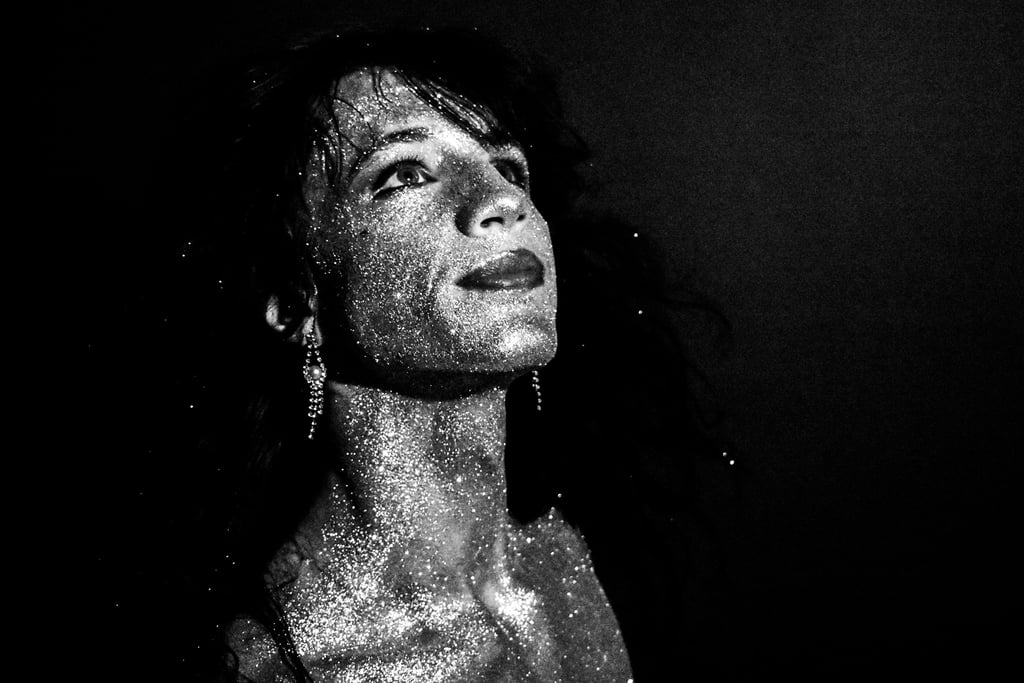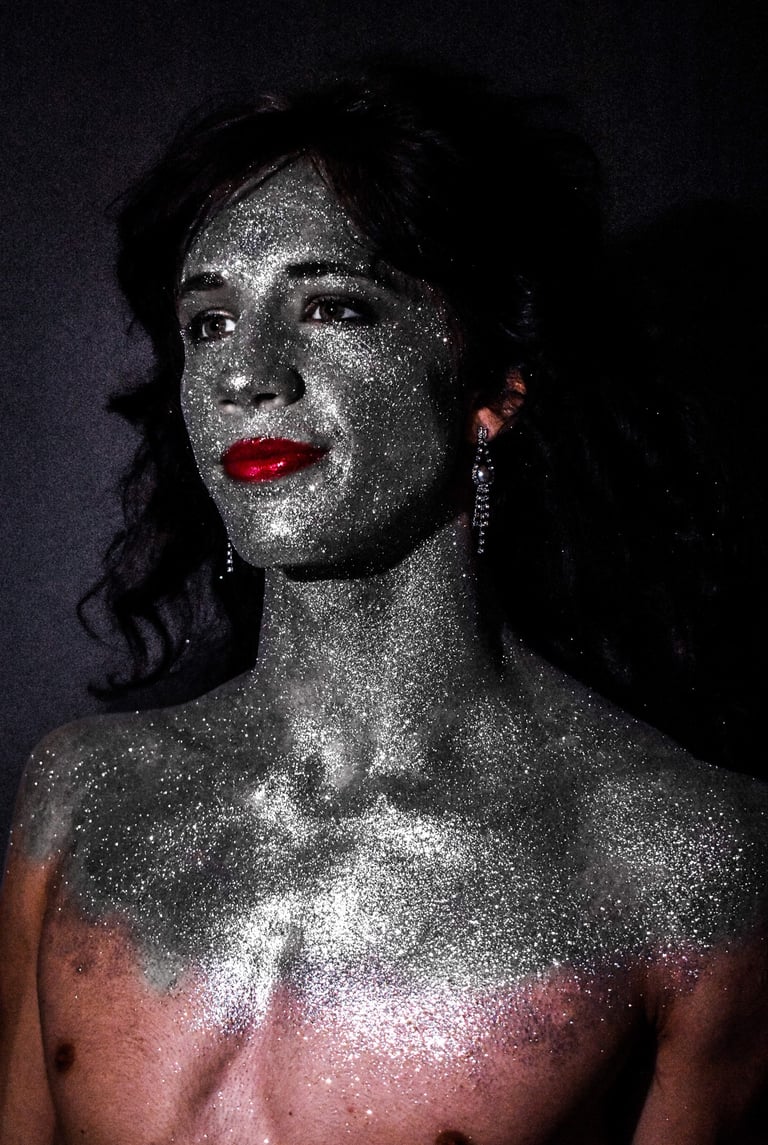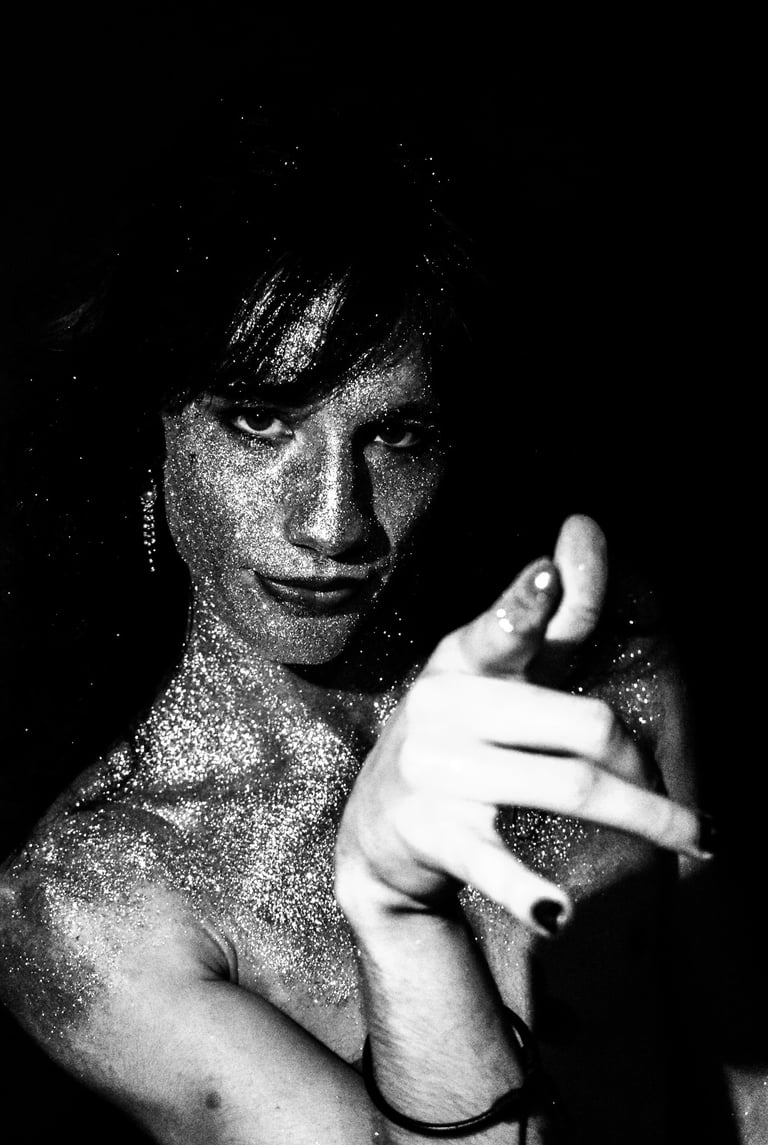Beyond Gender: The Politics of Gender Expression in Music
By Kitty Quinn, Photographed by Milan Lazovski, Makeup by Kitty Quinn, Styled by Milan Lazovski & Kitty Quinn, Model: Ramone Cerda
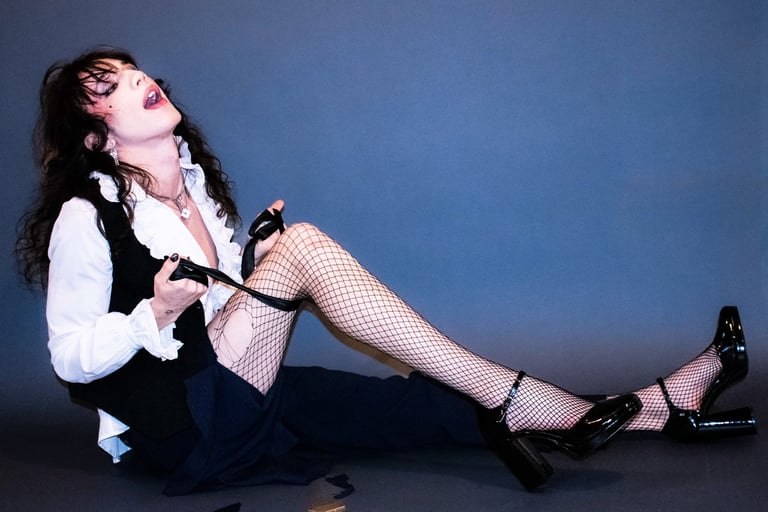

“As far as I'm concerned, being any gender is a drag. I never felt oppressed because of my gender. When I'm writing a poem or drawing, I'm not a female; I'm an artist” - Patti Smith
Gender roles have always been a hot topic for debate throughout history. Women are meant to be women and men are meant to be men— it’s always been a fairly black-and-white mindset. However, when the element of creativity got thrown into the mix, the conversation surrounding gender expression became extremely nuanced, especially in relation to music. With help from genres and countercultures such as rock and roll and the punk scene, the strict guidelines for gender have become increasingly blurred and in turn, have led to a change in general mindsets regarding the topic. Art and artists have always been catalysts to change, with gender; it's no different.
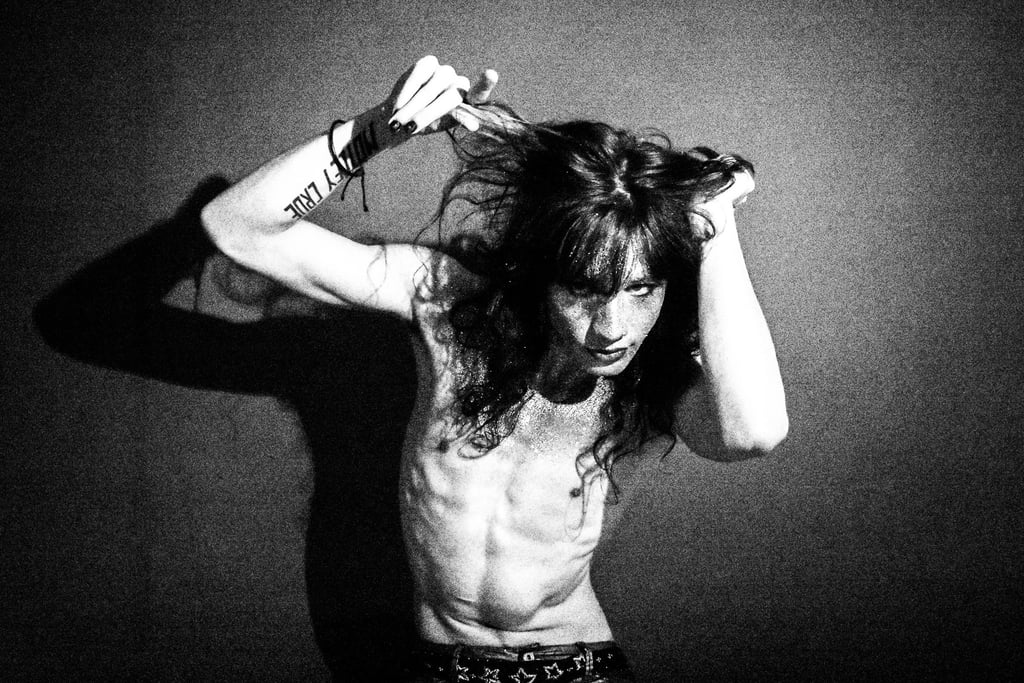

With the burgeoning of several social movements such as feminism, civil rights and gay liberation among many others, there is a long history surrounding gender expression that was first evident around the mid to late 20th century. As far as the movement is concerned, the music industry has always been ahead of the curve. In the 1950s, Elvis Presley opened the doors to explore more feminine masculinity with his pretty boy swagger and subtle use of traditionally feminine colors and light makeup. Though this proved to be monumental at the time, the real change began in the late 1960s and continued to get increasingly more controversial through the passage of time. Appropriately referred to as the “Peacock Revolution”, this movement pushed against traditional gender barriers by allowing men to present themselves in typically effeminate and flamboyant ways through the use of feminine silhouettes, delicate fabrics, jewelry and makeup. Furthermore, this appeared in the 1980s through glam metal, the 1990s with people like Kurt Cobain and has continued on in the present day with inspiration from these movements of the past.
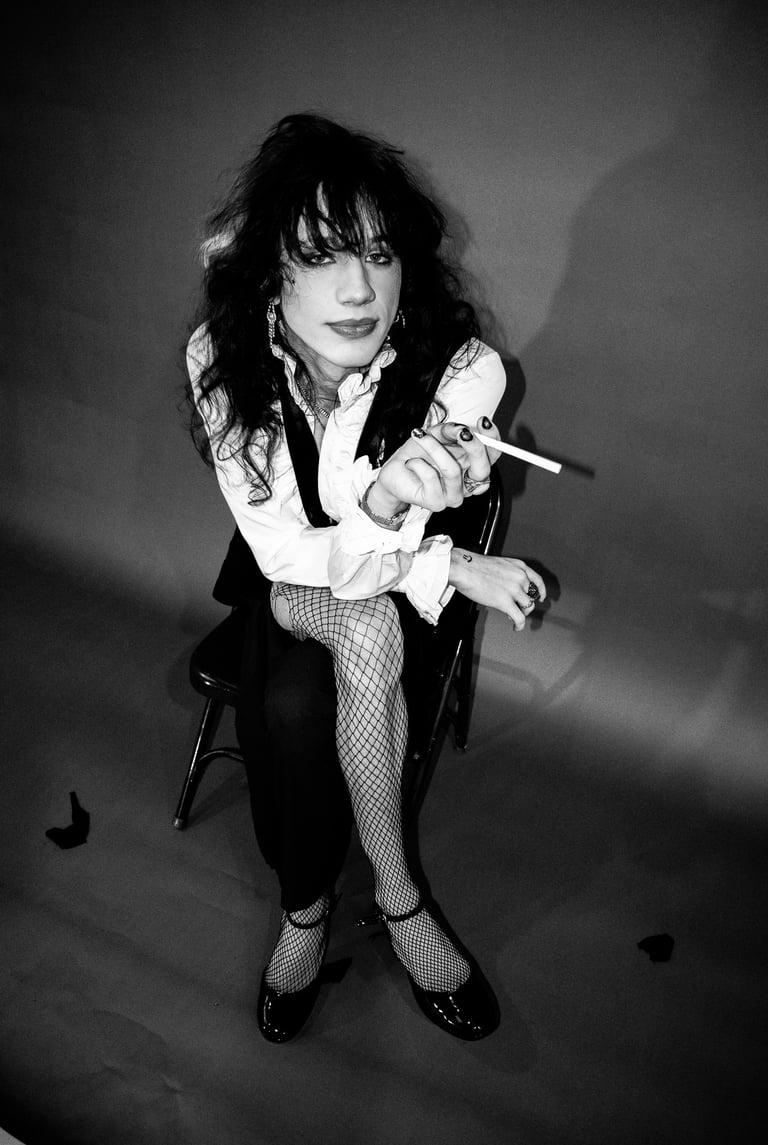

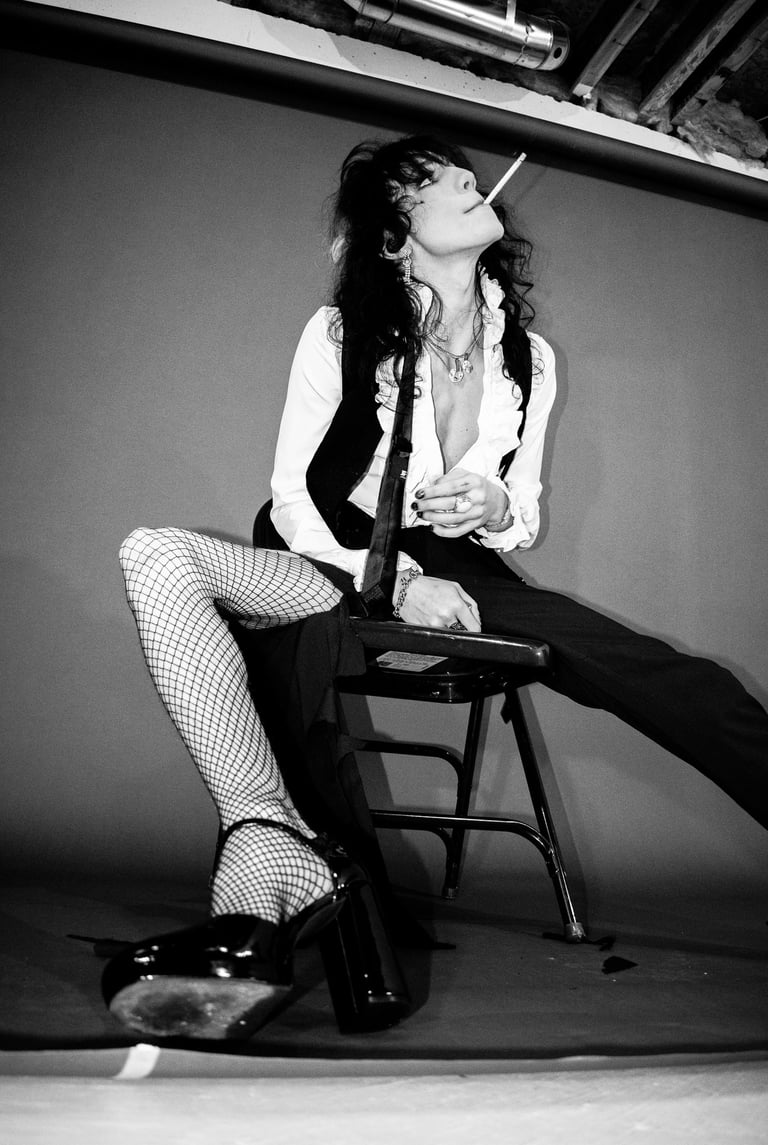

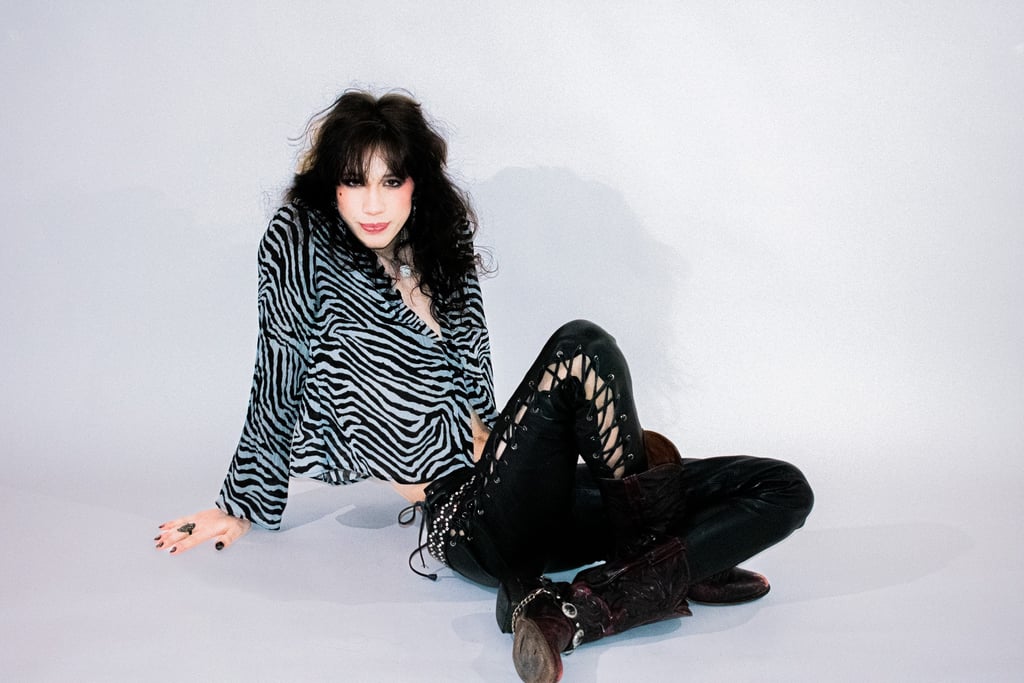

Even so, there is still the ideology that a man cannot hold onto his masculinity while also tapping into his more feminine side. It can be argued that one does not have to hold onto the confines of traditional masculinity in order to be a man— In fact, being able to break free from those restrictions can serve as a testament to the resiliency of one’s masculinity as a whole. Icons such as Mick Jagger, David Bowie, Elton John, Prince, The New York Dolls, KISS and many more only proved this theory further by being some of the most desired men of their respective eras. On the flip side, this is not to say that gender barriers have been broken down entirely. There is still a heavy controversy surrounding feminine men, masculine women and androgyny as a whole. While this counterculture movement has sparked change, the traditional ideas of masculinity and femininity are still very much alive and enforced.
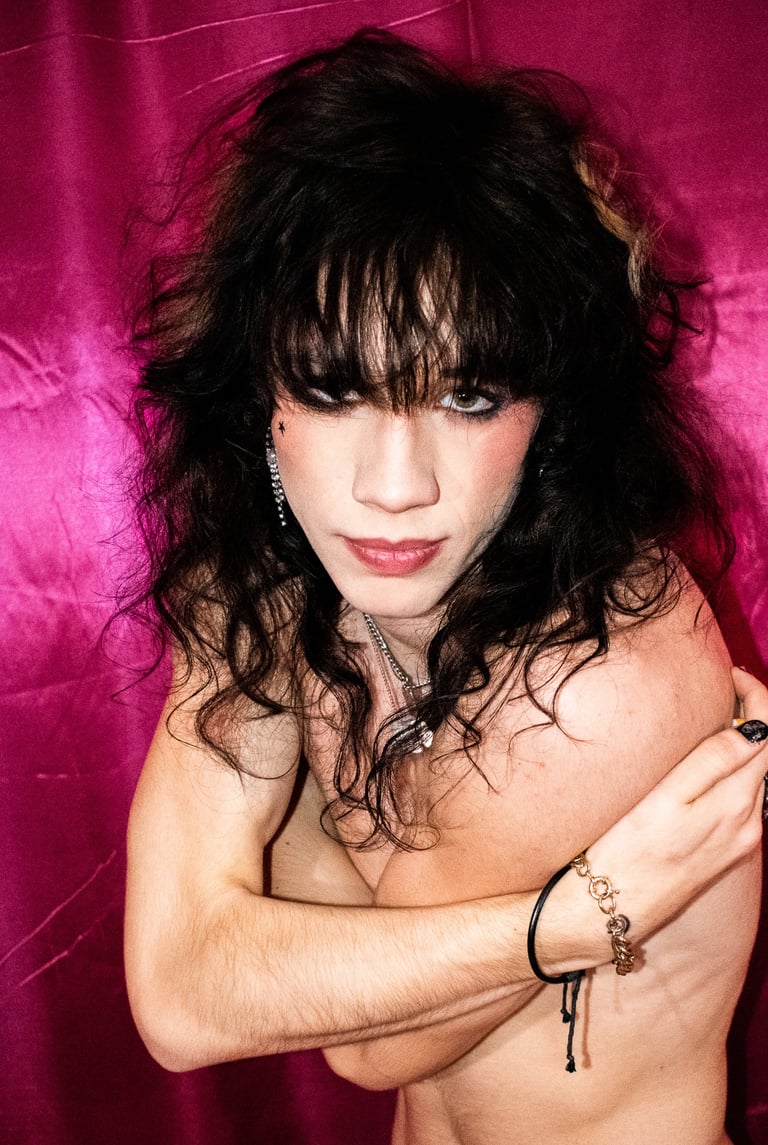

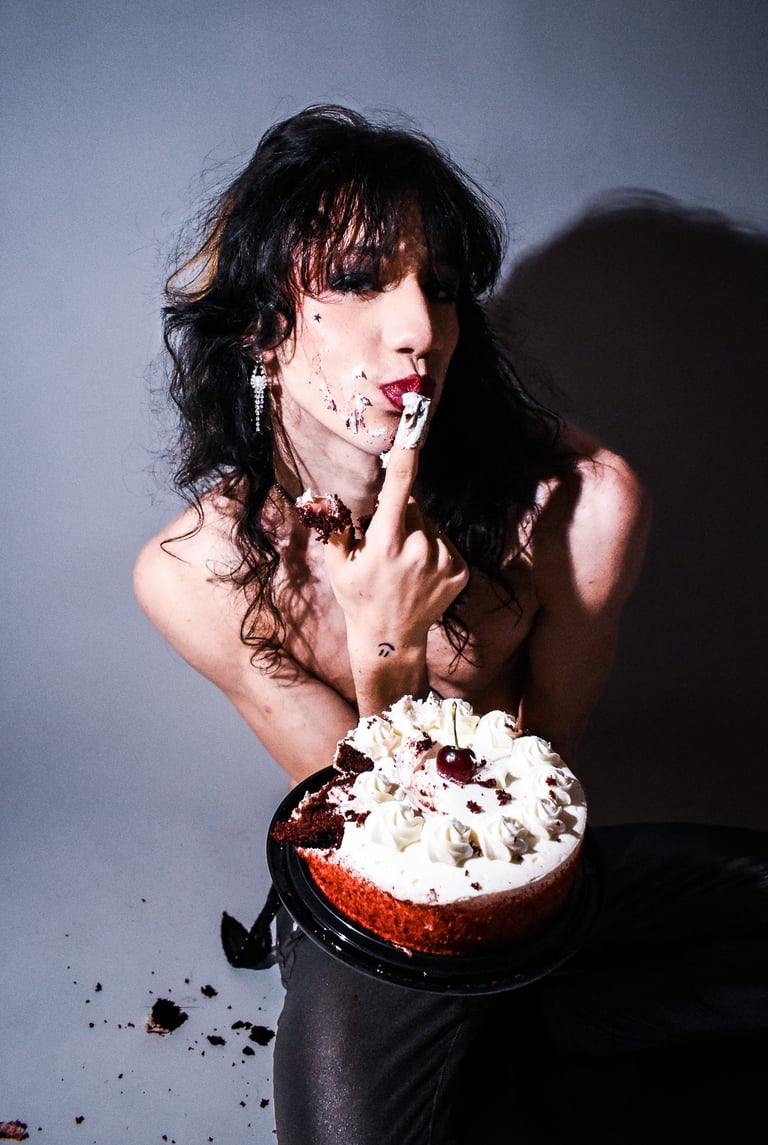



Despite all the work that was done to pave the way for a future of more gender ambiguity, following the passing fad of the 90s grunge scene, the men of rock became “regular”. Instead of donning velvet, glitter, eyeshadow, blush and blouses, they were now seen sporting t-shirts, jeans and tennis shoes with no differentiation from the “every man”. This isn't the first time this has happened though- even in the mid to late 70s there was a waning in androgyny due to many trying to fit societal standards in order to hold down a job during an economic recession. A weak economy tends to bring on a more conservative style for this reason and when that recession ends there is a rise in experimentation once again. In the early 2000s through the 2010s, while some figures of pop culture continued to keep the torch of androgyny burning, many were focused on achieving and maintaining financial stability— thus the political and social movement of androgyny took a backseat. With issues like the fight for women’s rights and contraceptives, gay marriage and the debate on transgender identities coming back to the global conversation, the experimentation that came along with the androgyny of the past is slowly being rebooted once more. Current-day icons like Harry Styles, Måneskin, Troye Sivan, Christine and the Queens and several fashion houses like Gucci are front-running the reignition of movement; greenlighting the slow transition into a revolution of change once again.
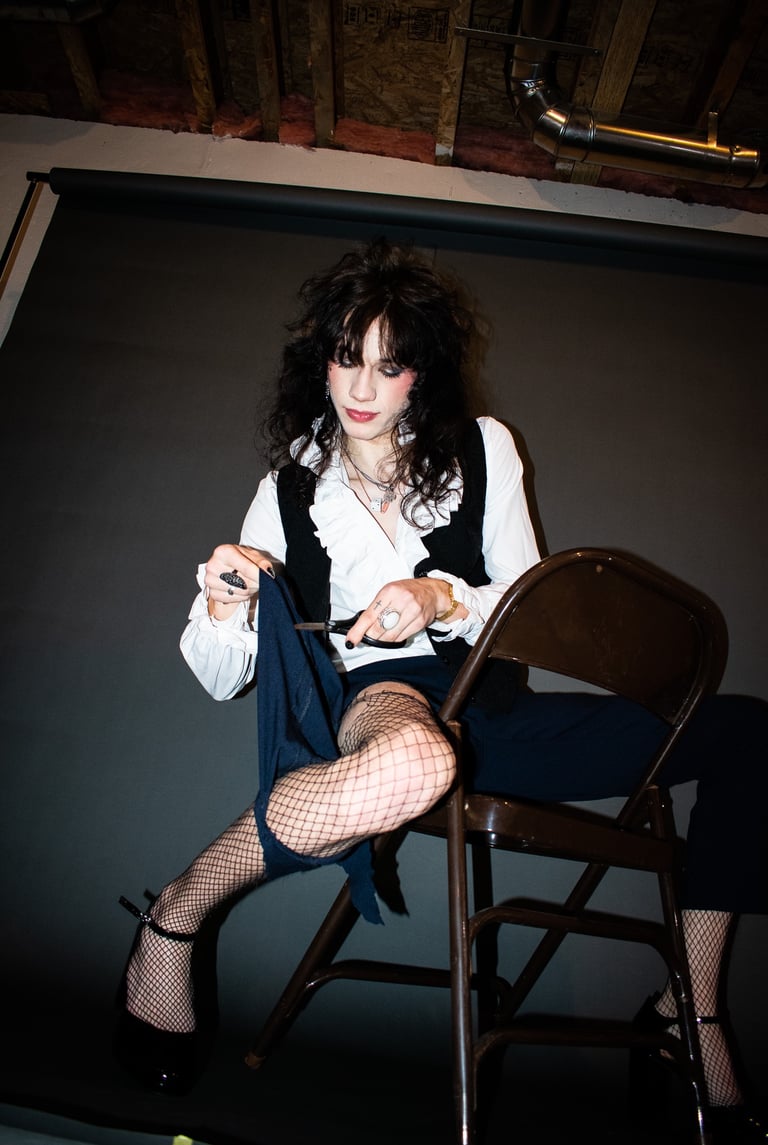

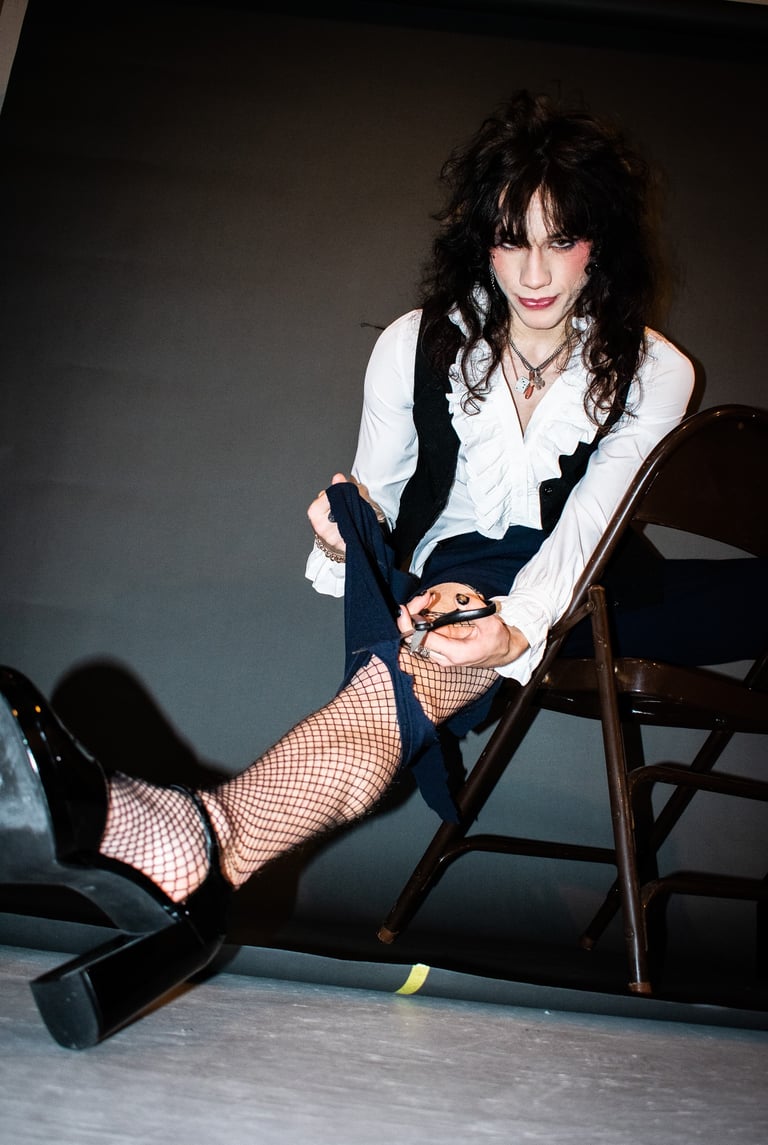

During a time of seemingly constant strife, sometimes the only solace can be the energy put into one’s personal identity. Though the experimentation of gender expression has become a topic of widespread controversy, it has also been a spark in the everchanging progression towards some semblance of common ground within society. There is still a lot to be done, but the fire has been stoked and will grow brighter with time.
